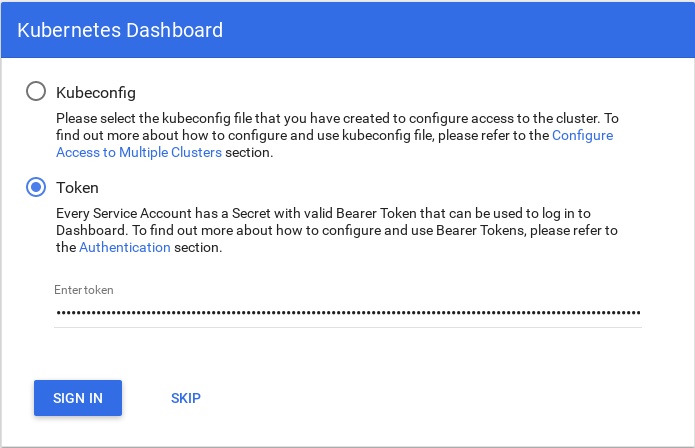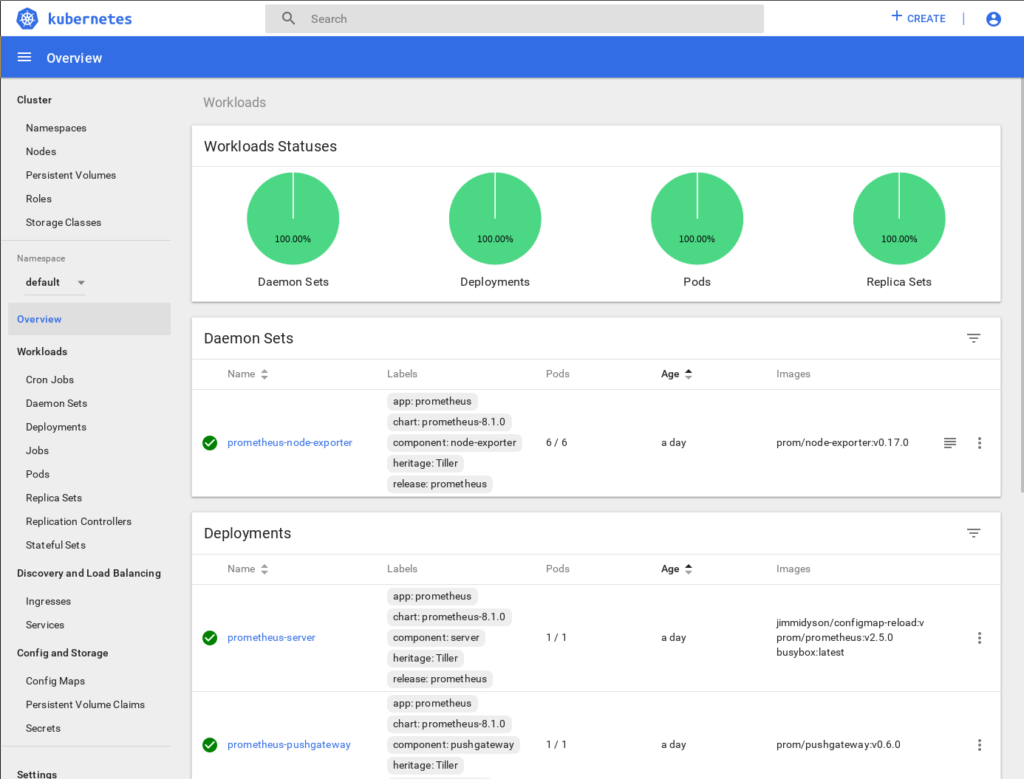After the latest updates to the code these scripts now create VMs from full Linux distros in a few seconds.
I was looking for a way to automate the creation of VMs for testing various distributed system / cluster software packages. I’ve used Vagrant in the past but I wanted something that would:
- Allow me to use raw image files as the basis for guest VMs.
- Guest VMs should be set up with bridged IPs that are routable from the host.
- Guest VMs should be able to reach the Internet.
- Other hosts on the local network should be able to reach guest VMs. (Setting up additional routes is OK).
- VM creation should work with any distro that supports cloud-init.
- Scripts should be able to create and delete VMs in a scripted, fully-automatic manner.
- Guest VMs should be set up to allow passwordless ssh access from the “ansible” user, so that once a VM is running Ansible can be used for additional configuration and customization of the VM.
I’ve previously used virsh’s virt-install tool to create VMs and I like how easy it is to set up things like extra network interfaces and attach existing disk images. The scripts in this repo fully automate the virsh VM creation process.
cloud-init
The current version of the create-vm script uses cloud images, cloud-init, and virsh tooling to quickly create VMs from the command line. Using a single Linux host system you can create multiple guest VMs running on that host. Each guest VM has its own file system, memory, virtualized CPUs, IP address, etc.
Cloud Images
create-vm creates a QCOW2 file for your VM’s file system. The QCOW2 image uses the cloud image as a base filesystem, so instead of copying all of the files that come with a Linux distribution and installing them, QCOW will just use files directly from the base image as long as those files remain unchanged. QCOW stands for “QEMU Copy On Write”, so once you make a change to a file the changes are written to your VM’s QCOW2 file.
Cloud images have the extension .img or .qcow and are compiled for different system architectures.
Cloud images are available for the following distros:
Pick the base image for the distro and release that you want to install and download it onto your host system. Make sure that the base image uses the same hardware architecture as your host system, e.g. “x86_64” or “amd64” for Intel and AMD -based host systems, “arm64” for 64 bit ARM-based host systems.
cloud-init configuration
cloud-init reads in two configuration files, user-data and meta-data, to initialize a VM’s settings. One of the places it looks for these files is any attached disk volume labeled cidata.
The create-vm script creates an ISO disk called cidata with these two files and passes that in as a volume to virsh when it creates the VM. This is referred to as the “no cloud” method, so if you see a cloud image for “nocloud” that’s the one you want to use.
If you’re interested in other ways of doing this check out the Datasources documentation on for cloud-init.
Files
create-vm stores files as follows:
${HOME}/vms/base/– Place to store your base Linux cloud images.${HOME}/vms/images/–your-vm-name.imgandyour-vm-name-cidata.imgfiles.${HOME}/vms/init/–user-dataandmeta-data.${HOME}/vms/xml/– Backup copies of your VMs’ XML definition files.
QCOW2 filesystems allocate space as needed, so if you create a VM with 100GB of storage, the initial size of the your-vm-name.img and your-vm-name-cidata.img files is only about 700K total. The your-vm-name.img file will grow as you install packages and update files, but will never grow beyond the disk size that you set when you create the VM.
Scripts
The create-vm repo contains these scripts:
create-vm– Use .img and cloud-init files to auto-generate a VM.delete-vm– Delete a virtual machine created withcreate-vm.get-vm-ip– Get the IP address of a VM managed by virsh.
Host setup
I’m running the scripts from a host with Ubuntu Linux 22.04 installed. I added the following to the host’s Ansible playbook to install the necessary virtualization packages:
- name: Install virtualization packages
apt:
name: "{{item}}"
state: latest
with_items:
- libvirt-bin
- libvirt-clients
- libvirt-daemon
- libvirt-daemon-system
- libvirt-daemon-driver-storage-zfs
- python-libvirt
- python3-libvirt
- virt-manager
- virtinstIf you’re not using Ansible just apt-get install the above packages.
Permissions
The libvirtd daemon runs under the libvirt-qemu user service account. The libvirt-qemu user must be able to read the files in ${HOME}/vms/. If your ${HOME} directory has permissions set to 0x750 then libvirt-qemu won’t be able to read the ${HOME}/vms/ directory.
You could open up your home directory, e.g.:
chmod 755 ${HOME}… but that allows anyone logged into your Linux host to read everything in your home directory. A better approach is just to add libvirt-qemu to your home directory’s group. For instance, on my host my home directory is /home/earl owned by user earl and group earl, permissions 0x750:
$ chmod 750 /home/earl
$ ls -al /home
total 24
drwxr-xr-x 6 root root 4096 Aug 28 21:26 .
drwxr-xr-x 21 root root 4096 Aug 28 21:01 ..
drwxr-x--- 142 earl earl 4096 Feb 16 09:27 earlTo make sure that only the libvirt-qemu user can read my files I can add the user to the earl group:
$ sudo usermod --append --groups earl libvirt-qemu
$ sudo systemctl restart libvirtd
$ grep libvirt-qemu /etc/group
earl:x:1000:libvirt-qemu
libvirt-qemu:x:64055:libvirt-qemuThat shows that the group earl, group ID 1000, has a member libvirt-qemu. Since the group earl has read and execute permissions on my home directory, libvirt-qemu has read and execute permissions on my home directory.
Note: The libvirtd daemon will chown some of the files in the directory, including the files in the ~/vms/images directory, to be owned by libvirt-qemu group kvm. In order to delete these files without sudo, add yourself to the kvm group, e.g.:
$ sudo usermod --append --groups kvm earlYou’ll need to log out and log in again before the additional group is active.
create-vm options
create-vm supports the following options:
OPTIONS:
-h Show this message
-n Host name (required)
-i Full path and name of the base .img file to use (required)
-k Full path and name of the ansible user's public key file (required)
-r RAM in MB (defaults to 2048)
-c Number of VCPUs (defaults to 2)
-s Amount of storage to allocate in GB (defaults to 80)
-b Bridge interface to use (defaults to virbr0)
-m MAC address to use (default is to use a randomly-generated MAC)
-v VerboseCreate an Ubuntu 22.04 server VM
This creates an Ubuntu 22.04 “Jammy Jellyfish” VM with a 40G hard drive.
First download a copy of the Ubuntu 22.04 “Jammy Jellyfish” cloud image:
mkdir -p ~/vms/base
cd ~/vms/base
wget http://cloud-images.ubuntu.com/jammy/current/jammy-server-cloudimg-amd64.imgThen create the VM:
create-vm -n node1 \
-i ~/vms/base/jammy-server-cloudimg-amd64.img \
-k ~/.ssh/id_rsa_ansible.pub \
-s 40Once created I can get the IP address and ssh to the VM as the user “ansible”:
$ get-vm-ip node1
192.168.122.219
$ ssh -i ~/.ssh/id_rsa_ansible ansible@192.168.122.219
The authenticity of host '192.168.122.219 (192.168.122.219)' can't be established.
ED25519 key fingerprint is SHA256:L88LPO9iDCGbowuPucV5Lt7Yf+9kKelMzhfWaNlRDxk.
This key is not known by any other names
Are you sure you want to continue connecting (yes/no/[fingerprint])? yes
Warning: Permanently added '192.168.122.219' (ED25519) to the list of known hosts.
Welcome to Ubuntu 22.04.1 LTS (GNU/Linux 5.15.0-60-generic x86_64)
* Documentation: https://help.ubuntu.com
* Management: https://landscape.canonical.com
* Support: https://ubuntu.com/advantage
System information as of Wed Feb 15 20:05:45 UTC 2023
System load: 0.47216796875 Processes: 105
Usage of /: 3.7% of 38.58GB Users logged in: 0
Memory usage: 9% IPv4 address for ens3: 192.168.122.219
Swap usage: 0%
Expanded Security Maintenance for Applications is not enabled.
0 updates can be applied immediately.
Enable ESM Apps to receive additional future security updates.
See https://ubuntu.com/esm or run: sudo pro status
The programs included with the Ubuntu system are free software;
the exact distribution terms for each program are described in the
individual files in /usr/share/doc/*/copyright.
Ubuntu comes with ABSOLUTELY NO WARRANTY, to the extent permitted by
applicable law.
To run a command as administrator (user "root"), use "sudo <command>".
See "man sudo_root" for details.
ansible@node1:~$ df -h
Filesystem Size Used Avail Use% Mounted on
tmpfs 198M 1008K 197M 1% /run
/dev/sda1 39G 1.5G 38G 4% /
tmpfs 988M 0 988M 0% /dev/shm
tmpfs 5.0M 0 5.0M 0% /run/lock
/dev/sda15 105M 6.1M 99M 6% /boot/efi
tmpfs 198M 4.0K 198M 1% /run/user/1000
ansible@node1:~$Note that this VM was created with a 40GB hard disk, and the total disk space shown is 40GB, but the actual hard drive space initially used by this VM was about 700K. The VM can consume up to 40GB, but will only use the space it actually needs.
Create 8 Ubuntu 22.04 servers
This starts the VM creation process and exits. Creation of the VMs continues in the background.
for n in `seq 1 8`; do
create-vm -n node$n -i ~/vms/base/jammy-server-cloudimg-amd64.img -k ~/.ssh/id_rsa_ansible.pub
doneDelete 8 virtual machines
for n in `seq 1 8`; do
delete-vm node$n
doneConnect to a VM via the console
virsh console node1
Connect to a VM via ssh
ssh ansible@$(get-vm-ip node1)
Generate an Ansible hosts file
(
echo '[hosts]'
for n in `seq 1 8`; do
ip=$(get-vm-ip node$n)
echo "node$n ansible_host=$ip ip=$ip ansible_user=ansible"
done
) > hosts.ini
Handy virsh commands
virsh list – List all running VMs.
virsh domifaddr node1 – Get a node’s IP address. Does not work with all network setups, which is why I wrote the get-vm-ip script.
virsh net-list – Show what networks were created by virsh.
virsh net-dhcp-leases $network – Shows current DHCP leases when virsh is acting as the DHCP server. Leases may be shown for machines that no longer exist.





